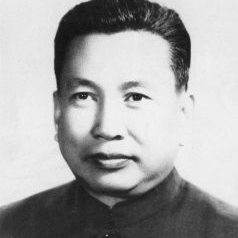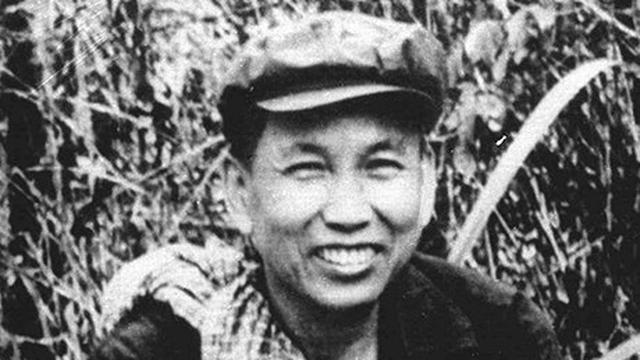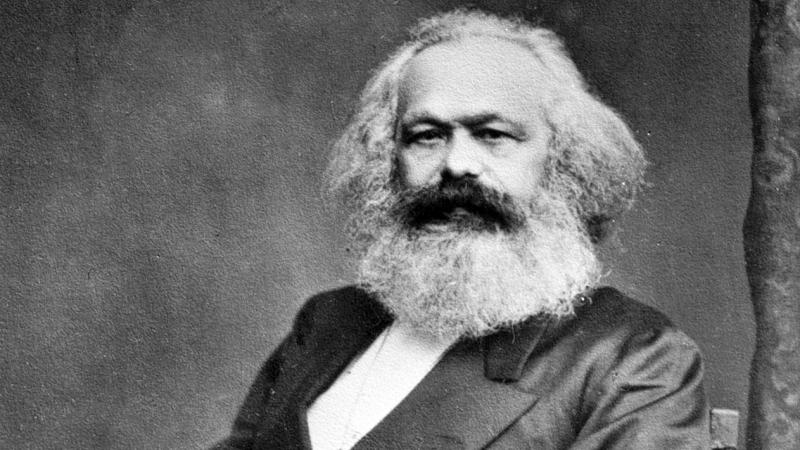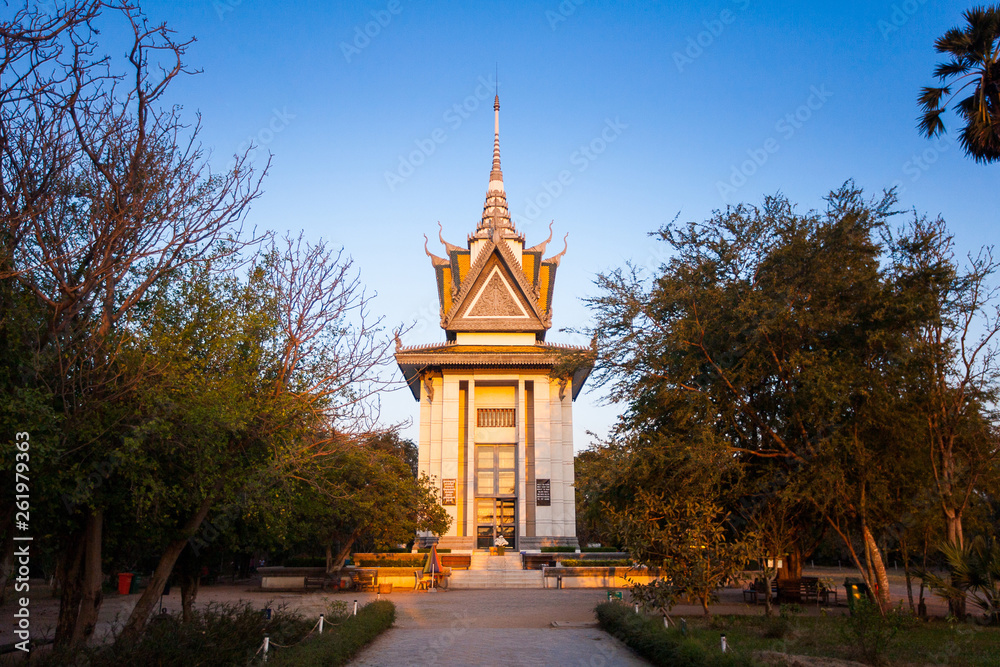"Step into the heart of Cambodia's ancient wonders with TikTok’s Temple Run-inspired adventures through the historic ruins of Angkor Wat and Ta Prohm."
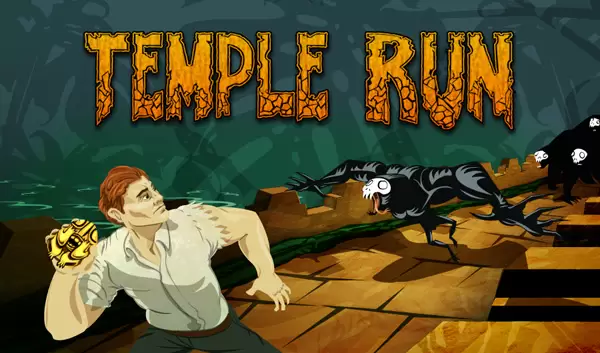
In recent months, TikTok has been buzzing with a captivating trend that transports viewers straight into the heart of Cambodia’s ancient wonders. Inspired by the popular mobile game Temple Run, adventurous content creators are bringing a dose of real-life excitement to their videos. They dash through the sprawling ruins of Angkor Wat and Ta Prohm, capturing the action from behind as they navigate these historic temples.
For those intrigued by this blend of adventure and history, delve into this article to explore more about the temples and their fascinating past.
Angkor Wat
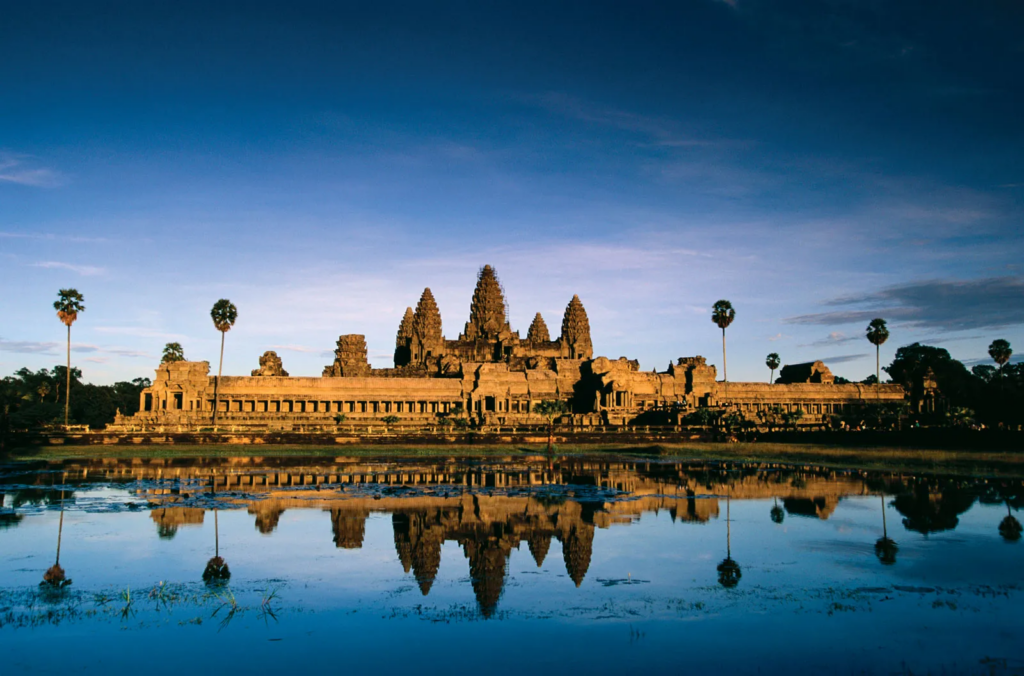
Located in the ancient Khmer capital city of Angkor, it is one of Cambodia’s most iconic landmarks. Its name translates to “City of Temples” in Khmer, aptly describing its grand scale and significance. Originally named Vrah Vishnuloka or Parama Vishnuloka, meaning the sacred dwelling of Vishnu in Sanskrit, Angkor Wat was initially constructed as a Hindu temple dedicated to the god Vishnu.
Over the centuries, Angkor Wat became a unique symbol of religious transition. By the end of the 12th century, it had shifted from its Hindu origins to serve as a Buddhist temple, reflecting the changing spiritual landscape of the region. This blend of Hindu and Buddhist influences is a hallmark of Angkor Wat’s history and architecture.
The temple is a stunning example of Khmer architectural style, renowned for its intricate bas-reliefs and countless sculptural decorations. These artworks vividly depict scenes from Hindu mythology and daily life, showcasing the artistic achievements of the Khmer civilisation.
Angkor Wat is deeply intertwined with Cambodian identity, appearing on the national flag since its first version in 1863. Today, it is recognised as the largest religious structure in the world by Guinness World Records. Since the 1990s, it has become a major tourist destination, drawing visitors from around the globe to experience its breathtaking beauty and rich historical heritage.
Ta Prohm

Built starting in 1186, it is another fascinating gem in Cambodia’s array of ancient temples. Originally known as Rajavihara or the “Monastery of the King,” it was dedicated to the mother of King Jayavarman VII. According to legend, the tomb of this revered figure was once encased in four stone walls adorned with diamonds.
The 15th century brought devastation when the capital was overrun by Siamese forces. The Khmer King retreated to Phnom Penh, and during this upheaval, the temple’s treasures, including all its jewels, were stolen. This history has given Ta Prohm an air of mystery and secrecy, further enhanced by the jungle’s embrace.
For centuries, Ta Prohm was forgotten, only rediscovered in 1860. Its unique atmosphere is partly due to the massive trees and their long-decayed roots that have intertwined with the temple’s structure. Unlike the towering pyramidal design, Ta Prohm features a more “flat” architectural style, with fewer narrative bas-reliefs compared to Angkor Wat. However, it does include some scenes from Buddhist mythology, such as the “Great Departure” of Siddhartha, who would become the Buddha.
Ta Prohm gained international fame as the filming location for Lara Croft: Tomb Raider (2001), further cementing its place in popular culture. Its blend of natural reclamation and ancient craftsmanship continues to captivate visitors from around the world.
A Social Media Trend

The imagination of tourists visiting Cambodia’s ancient temples has sparked a unique social media trend that blends digital excitement with real-world exploration. Many visitors have noticed the striking resemblance between the sprawling ruins of Angkor Wat and Ta Prohm and the mobile game Temple Run by Imangi Studios. In this endless runner game, players must escape from a monster after stealing an artefact from a temple.
Intrigued by this connection, people have started creating their own real-life Temple Run experiences, sharing videos of their adventures running through the temples as if they were characters in the game. This playful mimicry has taken off, especially on TikTok, where users are captivated by the blend of gaming and historical exploration.
This trend is a fascinating intersection of a game that became a cultural phenomenon and the rich cultural heritage of Cambodia. It’s not just about having fun; it’s a way to engage with history in a modern, interactive manner. As people continue to post their Temple Run-inspired content, the exposure of Cambodia’s majestic temples grows, drawing more attention and visitors to these ancient sites.
For more about Cambodia’s history, check out The Dark Legacy of Pol Pot’s Terror Reign.

